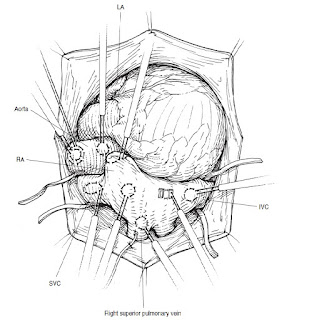Коэффициент Де Ритиса
Коэффициент де Ритиса (известное также как АсАТ/АлАТ и АСТ/АЛТ ) — соотношение активности сывороточных АСТ (аспартатаминотрансфераза) и АЛТ (аланинаминотрансфераза). Значение коэффициента в норме составляет 1,33±0,42 или 0,91-1,75. АСТ Коэффициент Де Ритиса = --------------------------------- ; АЛТ DRr < 1 характерно для вирусный гепатитов; DRr <= 1 для хронических гепатитов и дистрофических поражений печени; DRr > 1 в сочетании с низким альбумином характерно для алкогольного поражения печени. Коэффициент полезен и для диагностики болезней сердца. В частности при инфаркте миокарда его значение около 1.3. Поскольку в миокарде преобладает аспартааминотрансфераза (в печени наоборот) происходит массивнй выброс в кровь именно АСТ. В любом








